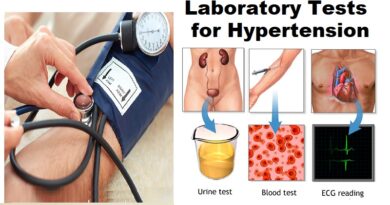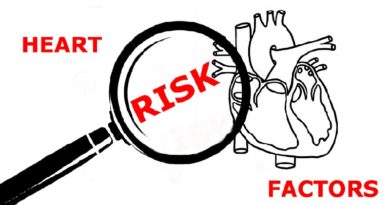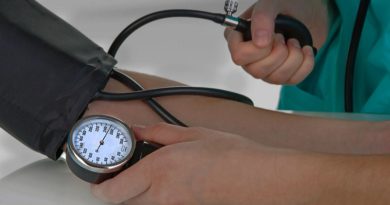High Blood Cholesterol: The Silent Killer You Can’t Ignore. Get a Lipid Profile Test Today!
High blood cholesterol is a common health issue that leads to serious complications if left untreated. Usually, people do not notice that their cholesterol is getting high because it doesn’t cause symptoms. Therefore, It’s called “the silent killer.” However, a simple lipid profile test can detect high cholesterol and other lipids, helping you take control of your health and prevent future heart problems. In this article, we explore cholesterol and lipid profile tests, risk factors of high blood cholesterol, and other issues.
What is Cholesterol?
Cholesterol is a type of fat that is found in your blood and cells. While your body needs cholesterol to function properly, high bllod levels of cholesterol can build up in the arteries, leading to plaque formation and increasing the risk of heart disease and stroke.
Why a Lipid Profile Test is Important:
This test measures cholesterol, HDL, LDL, and triglyceride levels in the blood, providing important information about heart health. It can detect high cholesterol and other lipid imbalances, allowing you to take steps to lower your risk of heart disease and protect your health.
Risk Factors for High Cholesterol:
High cholesterol can be caused by a variety of factors, including genetics, diet, lifestyle, and underlying medical conditions. Some common risk factors include a diet high in saturated and trans fats, lack of exercise, smoking, obesity, diabetes, and a family history of high cholesterol or heart disease.
What to Expect from a Lipid Profile Test:
A lipid profile test is a simple blood test that can be done at a medical laboratory. You will likely need to fast for 9-10 hours before the test, as food can affect lipid levels. During the test, a small sample of blood will be taken from your arm and analyzed for cholesterol, HDL, LDL, triglycerides, and other components. Here are the components and their normal range:
| Component | Normal Range |
|---|---|
| Total cholesterol | <200 mg/dL |
| HDL cholesterol | >40 mg/dL (men) |
| >50 mg/dL (women) | |
| LDL cholesterol | <100 mg/dL (optimal) |
| 100-129 mg/dL (near- | |
| optimal) | |
| 130-159 mg/dL (border- | |
| line high) | |
| 160-189 mg/dL (high) | |
| >190 mg/dL (very high) | |
| Triglycerides | <150 mg/dL |
| Non-HDL cholesterol | <130 mg/dL |
| Very-low-density lipoprotein | 5-40 mg/dL |
Understanding Your Results:
If your lipid profile test shows high cholesterol or other lipid imbalances, this can help you develop a plan to lower your risk of heart disease. This may include lifestyle changes such as improving your diet, increasing exercise, quitting smoking, and losing weight, as well as medication to lower cholesterol levels.
SUMMARY
High blood cholesterol may be a silent killer, but you don’t have to let it go unnoticed. By getting a lipid profile test, you can detect high cholesterol and other lipid imbalances early, allowing you to take control of your health and prevent future heart problems. Don’t wait until it’s too late – schedule your lipid profile test today and prioritize your heart health!




